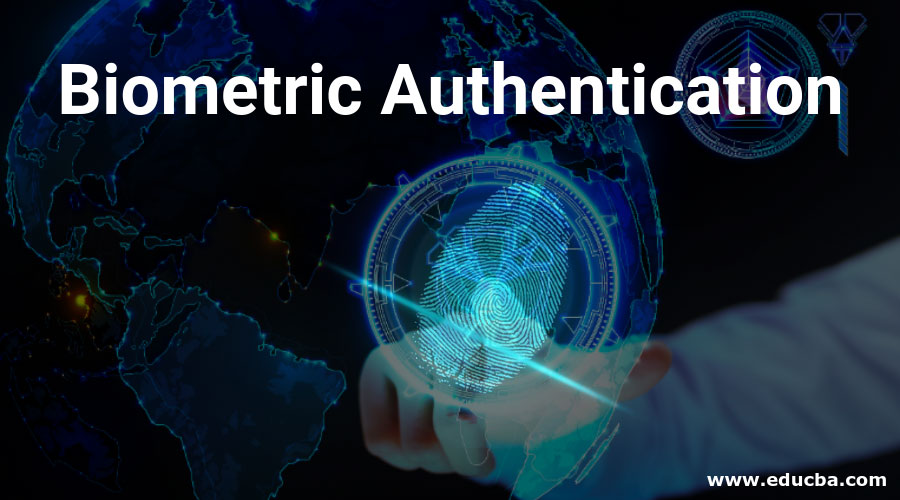
Introduction to Biometric Authentication
In the modern era, biometric authentication is a popular authentication mechanism that is getting more attention from the public. You can see that we are using biometric authentication everywhere from unlocking the phone with fingerprint or face lock to office attendance. The application of biometric authentication is not limited to phone and office, they are used in various fields to accomplish security. In this article, we are going to see the working of biometric authentication.
What are Biometric Devices?
A biometric device works based on some human characteristics like fingerprint, voice, pattern of lines in the iris of an eye. All the user database contains some samples of users’ biometric characteristics. During authentication, the user needs to provide another sample of user biometric characteristics. This is matched with one in the database, if the two samples match i.e. The characteristics stored in the database and characteristics provided by the user, then the user will be considered as a valid one.
The main feature of biometrics is that the sample produced by the user during every authentication process can vary slightly. The reason for implementing this feature is the physical characteristics of the user may change for a number of reasons. For example, assume that the user’s fingerprint is captured and used for authentication every time. The sample taken from the authentication may not be the same every time, because the finger can have cuts or other marks, can be dirty or oily, can have mehndi, and so on. This is the reason the exact match of the sample need not be required.
How does Biometric Authentication Work?
In any authentication process, the first user’s sample (fingerprint, face, retina, voice, etc.) is created and stored in the user database. Then at the time of authentication, the user needs to provide the sample of the same which he or she provided at the time of creation. This is usually sent across an encrypted session to the server. At the server-side, the user’s current sample is decrypted and compared with the stored sample in the database. If these two samples are matched to the excepted degree on the basis of particular values of biometrics the user will be considered as valid, otherwise, it will be considered invalid.
Biometric Authentication Techniques
Based on the behavior, biometric authentication techniques are categorized into two parts – physiological techniques and behavioral techniques.
1. Physiological Techniques
These techniques are based on the physical characteristics of the human being. Since the aim is to identify the human uniquely, these characteristics may be very prominent and distinguishable from one person to another.
Some of these techniques are as follows:
- Face: In this technique, the distance between various facial features is measured such as eyes, nose, and mouth. These distance measurements can be done using geometrical techniques.
- Fingerprint: According to medical science, every human being in the world has a unique fingerprint. The fingerprint-based authentication techniques use two approaches – image-based and minutiae-based. In the image-based technique, the image of the fingerprint is taken and stored in the database while in the minutiae-based technique, a graph of individual ridge position is drawn. While fingerprints can be changed due to aging or diseases, they have been used extensively for authentication.
- Voice: In this technique, the voice of a human is recorded and stored in the database. The human voice can be uniquely identified based on the characteristics of the sound like waves of the voice, pitch, tone.
- Retina: This technique is rarely used because of its high cost. In this technique, the vessels carrying blood supply at the back of human eyes are observed. They provide a unique pattern, which is used to authenticate every individual.
- Iris: Every human being has some unique pattern inside the iris. In this technique, the identification of this unique pattern is done. To check this unique pattern laser beam is used.
2. Behavioral Techniques
In this technique, the person’s behavior is observed to ensure that he or she is not trying to claim to be someone else. In other words, we can say that this technique checks the person’s behavior to ensure that he or she does not behave abnormal or unusual.
Some of these techniques are as follows:
- Keystrokes: In this technique, several characteristics like the speed of typing, the time between two strokes, the strength of keystrokes, error percentage and frequency are observed to identify humans uniquely.
- Signature: This is the old technique that we have used many times to sign a cheque or other documents. This is a physical technique that we used to identify a user. But now with time, the technique is also changed. Now we used a scanner to make a copy of the signatures and stored in the database. This is later used to compare the paper-based signature with the computer-based scanned signature.
Advantages of Using Biometric Authentication
Biometric authentication provides higher detection and security operations which offers a lot of advantages over conventional methods. The main advantages of Biometric technology are Proper Authentication, Data veracity, Privacy or Data discretion, Non-repudiation, and Authorization or Access control.
It is highly effective in identifying criminal forensics such as criminal identification and prison security, illegal access to computer networks, ATMs, phones, bank credentials through cards, emails. Biometric Authentication provides security in business from cyberattacks, scammers, etc.
Recommended Articles
This is a guide to Biometric Authentication. Here we discuss how biometric authentication works along with the biometric devices, techniques, and advantages. You may also look at the following article to learn more –

